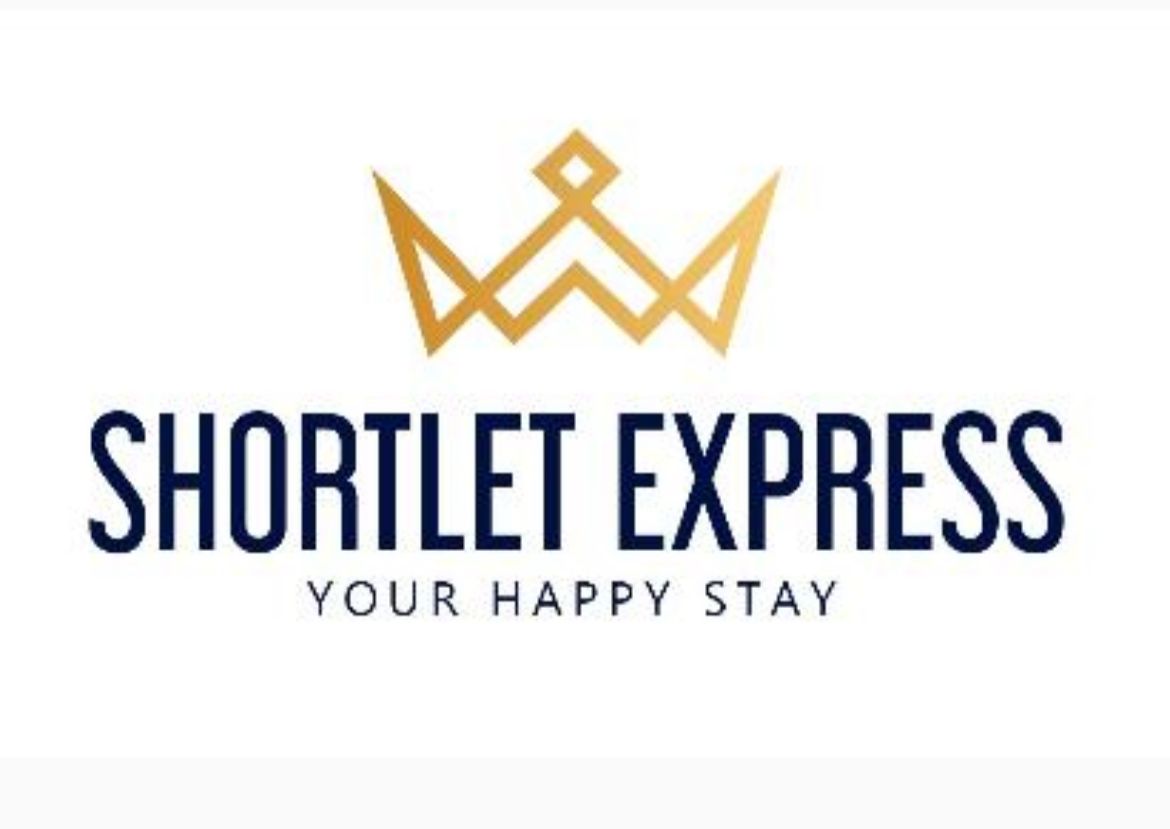Online Textbook Platform: Revolutionizing Access to Educational Resources
In the digital age, students and educators alike are seeking efficient solutions for accessing educational materials. An online textbook platform offers an innovative approach to obtaining necessary resources, making learning more accessible and flexible. These platforms provide a vast library of textbooks and study materials that can be easily accessed anytime, anywhere.
The convenience of online textbook platform allows users to search for specific titles and topics quickly, fostering a more tailored educational experience. With features like interactive content and the ability to highlight and take notes, these platforms enhance the way students engage with their studies. Many platforms also offer rental options, making textbooks more affordable and reducing the financial burden on students.
As technology continues to evolve, online textbook platforms are emerging as essential tools in modern education. Their ability to adapt to the needs of learners and educators positions them as valuable resources in both traditional and digital learning environments. Embracing these platforms can lead to a more enriching educational journey.
Overview of Online Textbook Platforms
Online textbook platforms have transformed the educational landscape by offering access to a wide array of digital resources. Their innovative features and continuous evolution cater to diverse learning needs and preferences.
Defining Online Textbook Platforms
Online textbook platforms are digital services that provide access to textbooks and educational materials over the internet. They often host a variety of content formats, including e-books, videos, and interactive quizzes. Typically, users can access these platforms through subscriptions or individual purchases.
These platforms support multiple devices, enabling students to access materials on laptops, tablets, or smartphones. Many include tools for highlighting, note-taking, and collaboration. This accessibility empowers learners to engage with content anytime and anywhere.
Evolution and Growth
The introduction of online textbook platforms coincided with the rise of digital technology in education. In the early 2000s, traditional publishers began experimenting with digital versions of textbooks. As internet accessibility improved, demand for online materials surged.
By 2010, numerous platforms emerged, offering lower-cost alternatives to physical textbooks. Many institutions embraced these resources, driving growth in the market. Technological advancements, such as cloud computing and mobile applications, have further accelerated this evolution, providing rich, interactive experiences for students.
Advantages Over Traditional Textbooks
Online textbook platforms offer several advantages compared to traditional textbooks. Firstly, they tend to be more affordable. Digital content often reduces costs by eliminating printing and shipping expenses.
Accessibility is another significant benefit. Students can easily access and download materials from anywhere, enhancing their study flexibility. Updates to content are also simpler, ensuring users have the latest information without needing to purchase new editions.
Furthermore, online platforms encourage interactivity and engagement. Features like embedded videos, quizzes, and discussion forums create a more dynamic learning environment. This versatility helps accommodate varied learning styles, making education more inclusive.
Key Features and Technologies
Online textbook platforms incorporate a range of features and technologies that enhance learning experiences. Key aspects include user-friendly interfaces, content accessibility, interactive elements, and customization options tailored to individual needs.
User Interface and Experience
A well-designed user interface (UI) is critical for engagement and usability. Many platforms prioritize intuitive navigation, allowing users to locate resources quickly. Features like search bars, responsive layouts, and easy-to-read fonts contribute to a seamless experience.
The design should also be visually appealing. Color schemes and graphics can make navigation more pleasant. Additionally, mobile compatibility ensures that users can access materials on various devices, promoting flexibility in learning environments.
Content Accessibility and Formats
Content accessibility is fundamental for diverse learning needs. Platforms typically offer various formats such as PDFs, ePub, and HTML. This range allows users to choose the format that best suits their reading preferences.
Assistive features, like text-to-speech capabilities and adjustable font sizes, enhance usability for those with disabilities. Furthermore, proper tagging and organization of content make it easier for users to find relevant information swiftly.
Interactive Elements and Multimedia
Incorporating interactive elements enhances user engagement and retention. Features like quizzes, interactive diagrams, and simulation tools facilitate active learning. These elements encourage critical thinking by allowing users to apply knowledge in a practical context.
Multimedia components, such as videos and animations, also enrich the learning experience. They can simplify complex concepts and provide varied learning modalities to accommodate different learning styles.
Customization and Personalization Options
Customization options allow users to tailor their learning experience to their needs. Many platforms offer features that let users change interface settings, such as color themes and text size.
Personalization features may include curated reading lists based on user preferences or past behaviors. This approach not only enhances engagement but also helps users stay organized and focused on their learning objectives.
